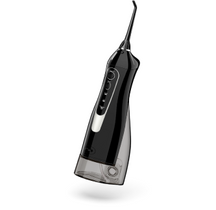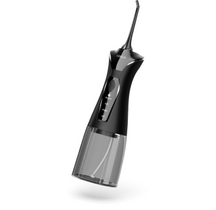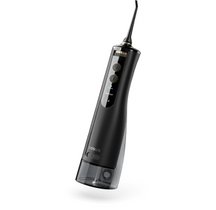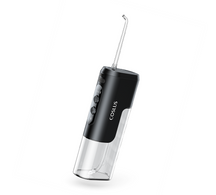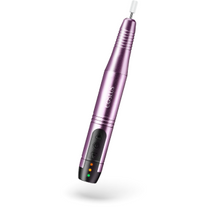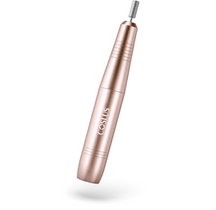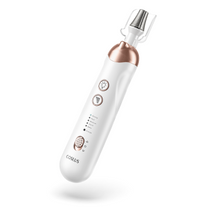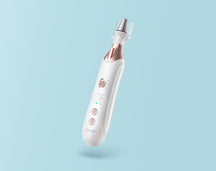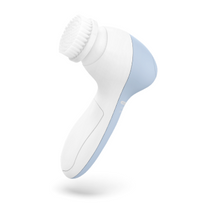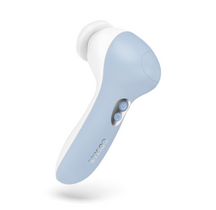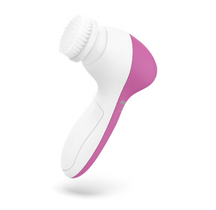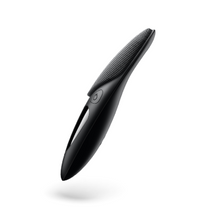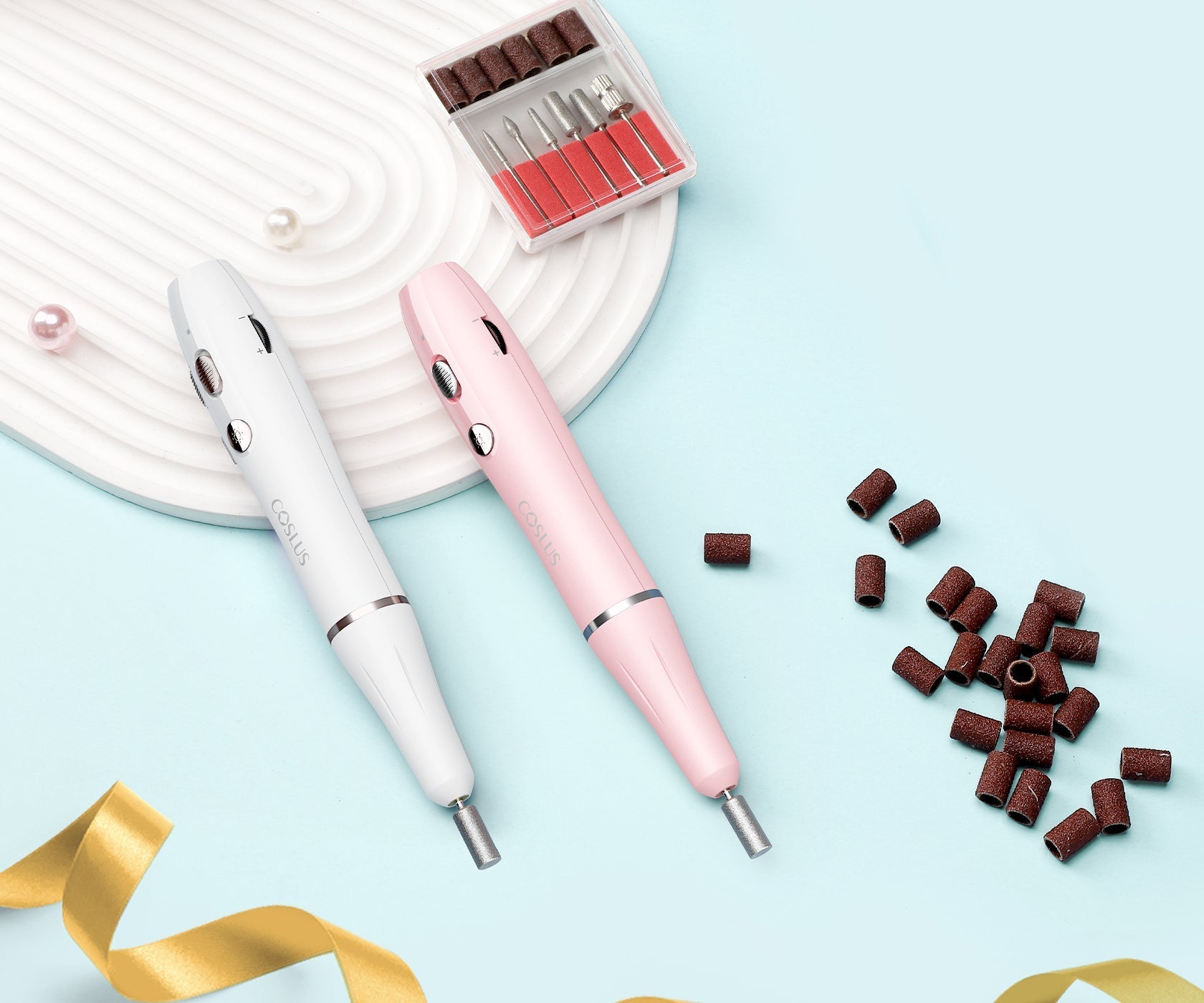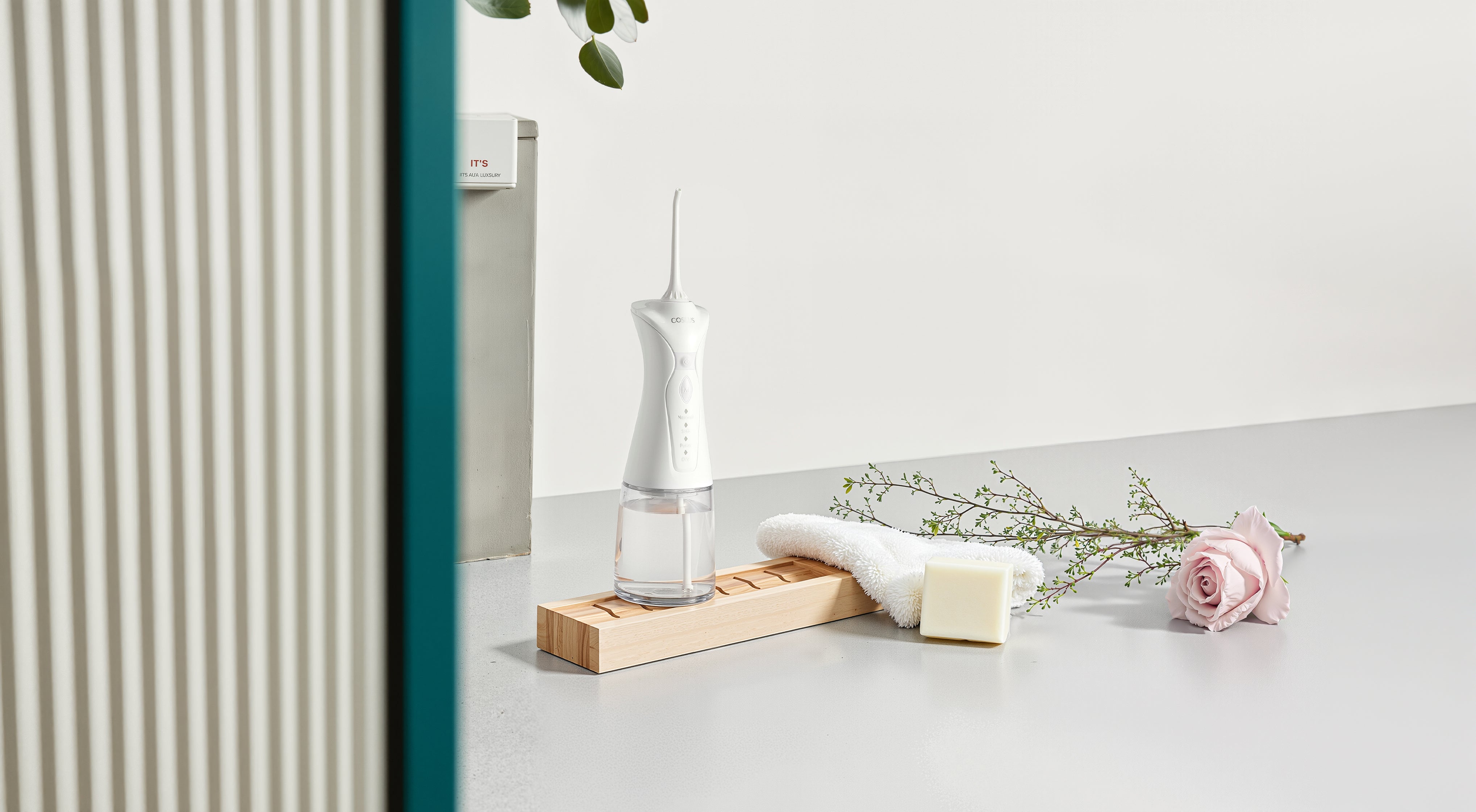
How to Prevent Cavities: 5 Easy Ways That Actually Work
You've probably been told a million times to brush your teeth and avoid sugar, but here's the thing - most people still end up with cavities anyway. Why does this happen when we're all following the same basic advice? The answer is that there are specific, proven methods that go way beyond the usual tips your dentist rattles off during a quick checkup. These five techniques are what dental professionals actually use to prevent cavities, and they're surprisingly easy to add to your daily routine.
Method 1: Brush Twice Daily for 2 Minutes with Fluoride Toothpaste
Most people think they're brushing correctly, but they're actually making their teeth more vulnerable to cavities. The problem isn't that you're not brushing enough - it's that you're probably doing it wrong. The 2-2-2 rule (twice daily, for 2 minutes, with fluoride toothpaste) isn't just a catchy phrase; it's based on how long fluoride actually needs to work on your teeth.
Step 1: Time It Right
Brush for precisely 2 minutes, twice daily. Use a timer on your phone or an electric toothbrush that has a built-in timer. Brushing three times for 30 seconds each is much less effective than brushing twice for the entire 2 minutes.
Step 2: Select the Appropriate Toothpaste
Search for ADA-sealed fluoride toothpaste that has a minimum of 1,000 ppm of fluoride. Stannous fluoride is even more effective than standard sodium fluoride in decay prevention. Stay away from everyday whitening toothpastes as they are too abrasive.
Step 3: Brush with Proper Technique
Place your toothbrush at a 45-degree angle to your gums and brush in gentle circles. Do not scrub back and forth as if cleaning a counter. Use a soft-bristled brush and allow the bristles to do the work, not your arm.
Step 4: Don't Rinse Right Away
After brushing, spit out the excess toothpaste, but don't rinse with water immediately. This lets the fluoride continue protecting your teeth for longer.
Method 2: Clean Between Teeth Daily (It's Not Just About Flossing)
Your toothbrush can only clean about 60% of your tooth surfaces, leaving 40% untouched. These hidden areas between teeth are where most cavities actually start because bacteria love tight, hard-to-reach spaces.
Step 1: Choose Your Weapon
Pick what works best for you: traditional floss, water flosser, or interdental brushes. Water flossers are great for beginners and people with braces. Interdental brushes work well if you have larger gaps between teeth.
Step 2: Clean Before You Brush
Always clean between teeth before brushing, not after. This loosens trapped food and bacteria so your toothbrush and fluoride can reach those freshly cleaned spaces.
Step 3: Use the Right Technique
- For traditional floss: wrap it around your fingers, slide it gently between teeth, and curve it into a C-shape against each tooth.
- For water flossers: start on the lowest setting and aim the tip between teeth, not at your gums.
- For interdental brushes: choose the right size so it fits snugly but doesn't force between teeth.
Step 4: Be Gentle but Thorough
Don't snap floss into your gums or blast water flossers at full power. Flossing prevents cavities by removing bacteria, not by being aggressive. If your gums bleed at first, that's normal - they'll toughen up with regular cleaning.
Method 3: Avoid Cavity-Causing Foods and Timing Mistakes
Sugar isn't the only enemy of your teeth - in fact, some "healthy" foods can be worse for cavities than candy. The real problem is foods that stick to your teeth and feed bacteria for hours, plus the timing of when you eat them.
- Identify the Worst Offenders: The biggest cavity-causing foods are sticky carbs like crackers, bread, chips, and dried fruit. These break down into sugars and cling to your teeth. Even "healthy" foods like granola bars and fruit snacks can be worse than chocolate because they stick around longer.
- Time Your Treats: Eat sweets and starches with meals, not as standalone snacks. When you eat them with other foods, your mouth produces more saliva to help wash them away. Sipping sugary drinks throughout the day is one of the worst things you can do - it's like giving bacteria a constant sugar drip.
- Add Protective Foods: Include cavity-fighting foods in your diet: cheese (neutralizes acid and provides calcium), nuts (stimulate saliva), and crunchy vegetables like carrots and celery (naturally clean teeth). Green tea contains compounds that fight bacteria.
- Rinse and Wait: After eating something sugary or starchy, rinse your mouth with water. But don't brush immediately - wait at least 30 minutes. Your tooth enamel is temporarily softened by acid, and brushing right away can actually damage it. Let your saliva do its job first.
Method 4: Boost Natural Saliva Production and Neutralize Acid
Your mouth has its own built-in cavity-fighting system that works 24/7 - your saliva. This isn't just spit; it's a powerful defense mechanism that washes away food particles, neutralizes harmful acids, and even repairs tiny spots of damage on your teeth before they become cavities. When your mouth is too dry or too acidic, bacteria have a field day.
- Chew Sugar-Free Gum with Xylitol: Chew xylitol gum for 10-15 minutes after meals. Xylitol is a natural sweetener that bacteria can't process, so it actually starves them while stimulating saliva production. Look for gums that list xylitol as the first ingredient, not just "sugar-free" gums. Popular brands include Trident and Epic.
- Stay Hydrated Throughout the Day: Drink plenty of water throughout the day. Dry mouth cavities are incredibly common because saliva prevents cavities by constantly washing away bacteria. If you wake up with a dry mouth, keep water by your bedside and sip it during the night. Certain medications can also cause dry mouth, so talk to your doctor if this is a constant problem.
- Use pH-Balancing Rinses: After eating acidic foods like citrus fruits, soda, or wine, rinse with water or use a pH-balancing mouthwash. These rinses help neutralize acid faster than waiting for your saliva to do it naturally. Look for alcohol-free options that won't dry out your mouth - brands like TheraBreath make good pH-balancing rinses.
- Stimulate Saliva Naturally: Eat foods that make your mouth water: tart apples, sugar-free mints, or even just thinking about sour foods. The more your mouth pH balance stays neutral, the harder it is for cavity-causing bacteria to survive.
Method 5: Regular Dental Checkups and Preventive Treatments
A lot of individuals assume twice-yearly cleanings are sufficient, but based on your risk factors, you may require more regular visits or specialized treatments that you simply can't receive at home.
- Find Your Right Dental Checkup Frequency: The six-month rule is not for all. If you get cavities easily, have gum disease, or use medications that cause dry mouth, you may require cleanings every 3-4 months. Individuals with diabetes, smokers, and people with a history of gum disease may require more visits. Consult your dentist as to what frequency is logical for your individual case.
- Think About Professional Fluoride Treatment: Professional fluoride treatments are a lot stronger than you can purchase over the counter. They're particularly useful if you have early decay signs or a high risk of cavities. These treatments can even reverse very early cavity development that hasn't penetrated the enamel yet. The fluoride is put on as a gel, foam, or varnish and only takes a few minutes.
- Ask About Dental Sealants: Dental sealants are not only for children - adults can also benefit, particularly on back teeth that have deep grooves. Applied as a thin plastic coating, they are like raincoats for your teeth, shielding bacteria from hard-to-clean crevices where cavities often originate. It's a quick, painless process that can keep cavities at bay for years.
- Benefit from Early Cavity Detection: Most dental offices these days utilize cavity detection lights or lasers that can detect issues prior to their appearance on X-rays. Some employ digital imaging that can detect cavities when they are still reversible. Detecting cavities this early frequently implies that they can be dealt with without drilling or filling, which saves you time, cash, and discomfort.
What Other Simple Tricks Can Protect Your Teeth?
Beyond the main five methods, there are several smaller habits that can give your teeth extra protection against cavities. These bonus strategies don't require major changes to your routine, but they can make a real difference in keeping your mouth healthy.
Use Mouthwash at the Right Time
Don't rinse with mouthwash immediately after brushing - use it at another time, such as after lunch. Use the best mouthwash for cavities that contains fluoride and does not contain alcohol, which dries out your mouth. Swish around for 30 seconds and use those with the ADA seal that state they prevent cavities.
Electric Toothbrushes Make It Easier
Electric toothbrushes are more effective than manual toothbrushes since they do the work on your behalf. Timers that ensure you brush for enough time and a uniform scrubbing motion are some of the advantages of electric toothbrushes. However, a manual toothbrush is also okay if you brush properly with it for the entire two minutes.
Clean Your Tongue Too
Your tongue harbors cavity-causing bacteria and bad breath. Brush your tongue gently or use a tongue scraper after brushing your teeth to take off the white coating. This provides bacteria with fewer areas to colonize in your mouth.
Night Guards Assist Teeth Grinders
When you grind your teeth during sleep, you're eroding the protective enamel and developing rough areas where bacteria cling. A night guard from your dentist safeguards your teeth and makes them smoother and easier to clean.
Stop Getting Cavities With These Easy Prevention Tips
The good news is that preventing cavities doesn't require perfect habits - just better ones. Choose one of these five methods and stick with it for a few weeks until it becomes automatic. Whether you start with proper flossing, eating cavity-fighting foods, or using fluoride toothpaste correctly, you're already ahead of most people. Your teeth will be healthier, your dental visits will be more pleasant, and you'll finally have control over your oral health.
Table of Contents
- Method 1: Brush Twice Daily for 2 Minutes with Fluoride Toothpaste
- Method 2: Clean Between Teeth Daily (It's Not Just About Flossing)
- Method 3: Avoid Cavity-Causing Foods and Timing Mistakes
- Method 4: Boost Natural Saliva Production and Neutralize Acid
- Method 5: Regular Dental Checkups and Preventive Treatments
- What Other Simple Tricks Can Protect Your Teeth?
- Stop Getting Cavities With These Easy Prevention Tips
Table of Contents
- Method 1: Brush Twice Daily for 2 Minutes with Fluoride Toothpaste
- Method 2: Clean Between Teeth Daily (It's Not Just About Flossing)
- Method 3: Avoid Cavity-Causing Foods and Timing Mistakes
- Method 4: Boost Natural Saliva Production and Neutralize Acid
- Method 5: Regular Dental Checkups and Preventive Treatments
- What Other Simple Tricks Can Protect Your Teeth?
- Stop Getting Cavities With These Easy Prevention Tips


